The growth target for each locality is different, the lowest is 8% and the highest is 13.6%. High growth targets are assigned to concentrate in provinces with industrial parks and export processing zones that are attracting large foreign direct investment (FDI), or are implementing key national public investment projects.
The assignment of KPIs here can be seen as a way of national governance. The Government assigns targets for localities to accompany the Government to reach the common goal of the whole country. Each place will identify strengths, weaknesses, opportunities, and challenges to promote or overcome in order to achieve or exceed the set targets.
At the same time, by assigning specific targets, the Government can also attach responsibility to local leaders for the overall growth target of the whole country, to see which localities are doing well and which localities are not doing well within the scope of their functions and tasks.
Ho Chi Minh City was assigned a growth target of 8.5% this year (Photo: Huu Khoa).
It can be understood that the growth target is a goal to strive for. Because, to achieve high growth depends not only on local leaders but also on many factors, such as the progress of implementing public investment projects at the central level or the objective external environment.
The growth rate also depends on the business confidence of the private sector. If the private sector loses confidence, they will not invest, not conduct production and business, and thereby affect the high growth target of the locality in particular and the country in general.
Thus, the Government's assignment of growth targets is to better monitor, identify strengths, weaknesses and challenges more clearly, so that local leaders can accompany the Government in improving the business environment and investment environment, helping to remove limitations, obstacles in administrative procedures and issues within the scope, authority and responsibility of provincial leaders.
Attracting FDI in new conditions
Foreign direct investment (FDI) has made an important contribution to promoting Vietnam's economic growth in recent years.
Up to now, FDI capital in Vietnam has mainly been directed towards the manufacturing and processing sectors, taking advantage of cheap labor, tariff advantages from free trade agreements that Vietnam has signed, and local incentives in accessing land and other resources.
In the current unstable world economic context, especially the US's tariff policies with major trading partners, may pose risks to FDI flows. During the "Trump 1.0" administration, US tariffs were mainly aimed at Chinese goods, leading to a wave of international investors shifting to diversify risks, thus causing industrial parks in the North to boom in recent years. However, currently, the "Trump 2.0" administration's tariff policies are not only aimed at China but can be aimed at any country.
Another risk comes from the US monetary policy. When they impose tariffs on goods from other countries, the USD tends to appreciate, increasing the price of goods in the US, causing inflation to stay high, making it difficult for the US central bank to further lower interest rates. This makes it difficult for Vietnam's domestic monetary policy.
On the one hand, it causes exchange rate risks, the VND is at risk of devaluation against the USD and makes capital flow into Vietnam, including direct investment and indirect investment in the financial market. Therefore, this can also be a barrier to accessing foreign capital at a larger level than before.
On the other hand, in the context of high interest rates in the US, Vietnam's ability to maintain interest rates at the current level is also a challenge, affecting domestic investment and consumption.
Prioritize maintaining macroeconomic stability and creating favorable conditions for the private sector.
In the current context, attracting large private economic groups to participate in key national projects is the right thing to do. To achieve high growth, it is necessary to attract domestic enterprises to participate in large projects, from supplying raw materials (iron, steel, cement, asphalt, etc.) to construction and installation.
Earlier this year, Government leaders had meetings and dialogues with large domestic private enterprises and gave specific "orders" to a number of units.
With the huge capital in the large projects that Vietnam is implementing and will implement, if foreign enterprises overwhelm domestic enterprises, most of the income from those projects will belong to foreign countries and be transferred abroad, thus not ensuring long-term growth. That income must stay in the country and be consumed or reinvested in new projects. Thus, large projects will be "seed capital", laying the foundation for future growth.
We must involve domestic enterprises in the investment process of large projects as much as possible, keep the disbursed money in the country, reinvest in consumption, and create internal strength for the economy.
To attract private enterprises to participate more deeply and contribute more to economic growth, it is necessary to remove barriers and obstacles, at least to let private enterprises compete equally with foreign enterprises.
Attracting foreign investment but not forgetting the private sector, giving incentives to FDI enterprises but letting domestic private enterprises be disadvantaged will lead to a situation where we lose right at home, which is something that needs to be avoided. Therefore, on the one hand, localities continue to attract foreign investment, on the other hand, we must create a level playing field for domestic private enterprises.
Reforming institutions, the investment environment, and the business environment through reducing administrative procedures and informal costs are things that Vietnam must do to attract private enterprises to invest in production.
It is especially important to maintain macroeconomic stability, this requirement must be given top priority.
When setting the goal of high growth in 2025 and double-digit growth in the following years, the Government also emphasized the goal of maintaining macroeconomic stability.
Because if we only promote public investment and expand the currency without maintaining macroeconomic stability, high growth will only occur in the short term of 1-2 years. When expanding public investment, stimulating aggregate demand, and pumping credit, domestic inflation will be higher, exchange rates will increase, and budget deficits will tend to expand. The domestic business system depends on the banking and credit systems, and when credit increases, bad debts will also arise more. Therefore, if we only focus on growth, after a short time we will have to face and solve other macroeconomic problems such as public debt, budget deficit, inflation, exchange rates, financial system health, etc. Macroeconomic instability will affect investor confidence, causing the private sector to shrink and not feel secure in long-term investment.
The decision to invest capital in production is long-term, with a vision of 5-10 years or longer. When businesses predict that there will be macroeconomic instability in just 1-2 years, the cash flow will not go into production but will instead seek arbitrage opportunities in the asset market. That is, the cash flow will go into the asset market, buying at low prices and selling at high prices, bringing almost no value to society but only increasing asset prices in the economy. At that time, we will not be able to realize the dream of escaping the middle-income trap.
History of countries around the world shows that to achieve high growth (double digits), macroeconomic stability must be maintained and capital must be invested confidently in production and business in order to rise to the group of high-income countries.
Therefore, right from this pivotal year of 2025, along with assigning growth KPIs for localities to complete, the Government must ensure the important long-term goal of maintaining macroeconomic stability as a prerequisite to entering a new era: sustainable high growth. Overcoming this challenge is not easy, but if consensus is reached and synchronous solutions are implemented, the goal will become more feasible.
Author: Associate Professor Dr. Pham The Anh received his PhD in Economics from the University of Manchester in 2007; he is currently Head of the Department of Economics, National Economics University. He has many years of experience in the field of macroeconomics and finance and has held the following positions: Head of the Department of Macroeconomics; Deputy Director in charge of the Institute of Public Policy and Management, National Economics University.
Dantri.com.vn
Source: https://dantri.com.vn/tam-diem/giao-kpi-tang-truong-cho-dia-phuong-20250302215307355.htm


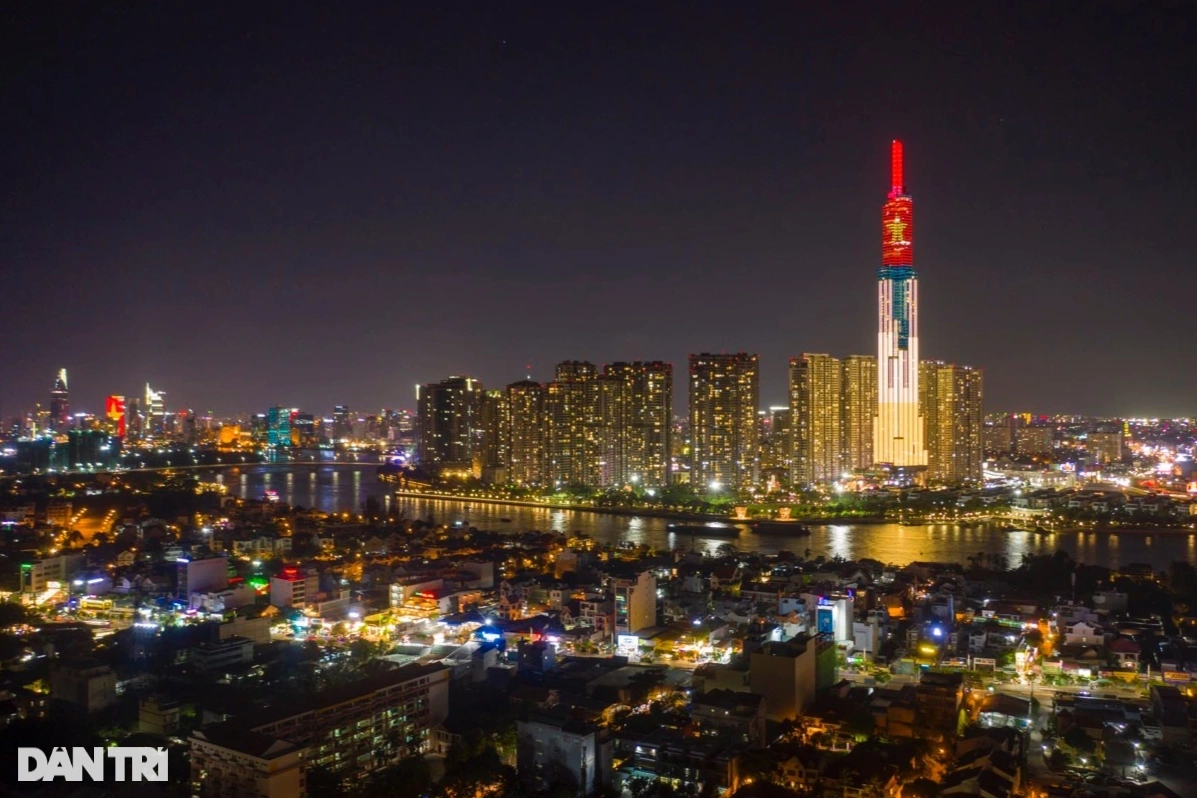


![[Photo] Hanoi morning of October 1: Prolonged flooding, people wade to work](https://vphoto.vietnam.vn/thumb/1200x675/vietnam/resource/IMAGE/2025/10/1/189be28938e3493fa26b2938efa2059e)





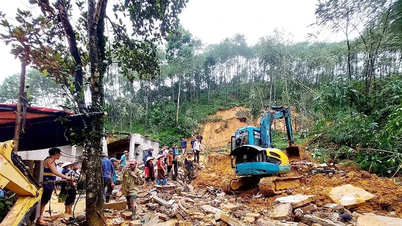


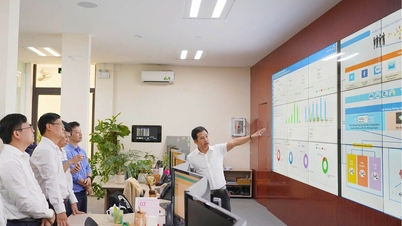

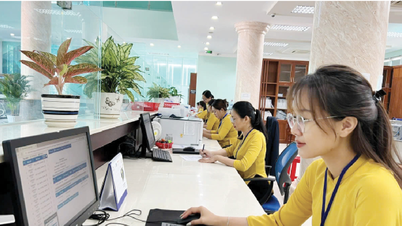
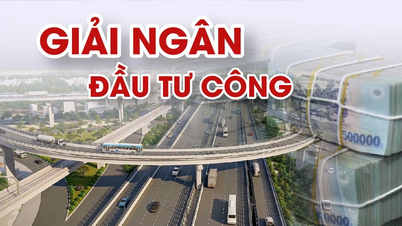






















![[Photo] Panorama of the cable-stayed bridge, the final bottleneck of the Ben Luc-Long Thanh expressway](https://vphoto.vietnam.vn/thumb/1200x675/vietnam/resource/IMAGE/2025/9/30/391fdf21025541d6b2f092e49a17243f)
![[Photo] President Luong Cuong receives President of the Cuban National Assembly Esteban Lazo Hernandez](https://vphoto.vietnam.vn/thumb/1200x675/vietnam/resource/IMAGE/2025/9/30/4d38932911c24f6ea1936252bd5427fa)





















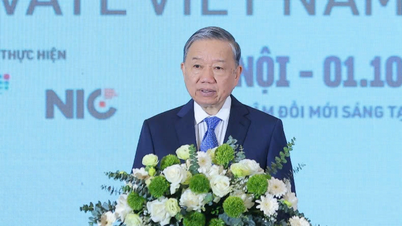
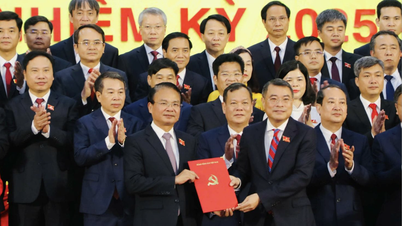
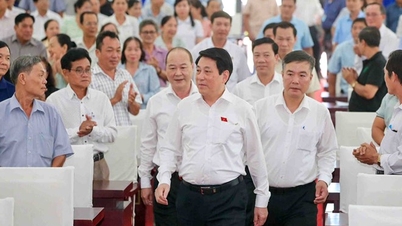
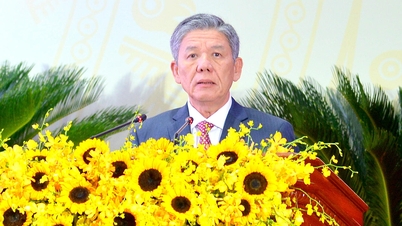









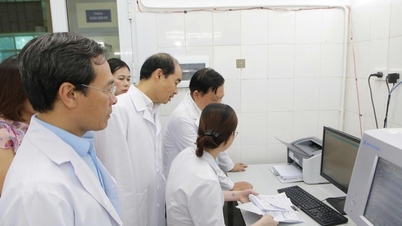

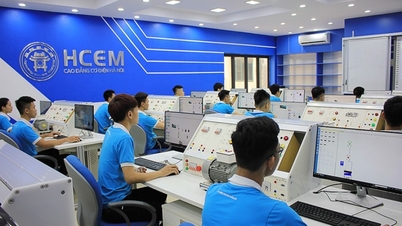


















Comment (0)